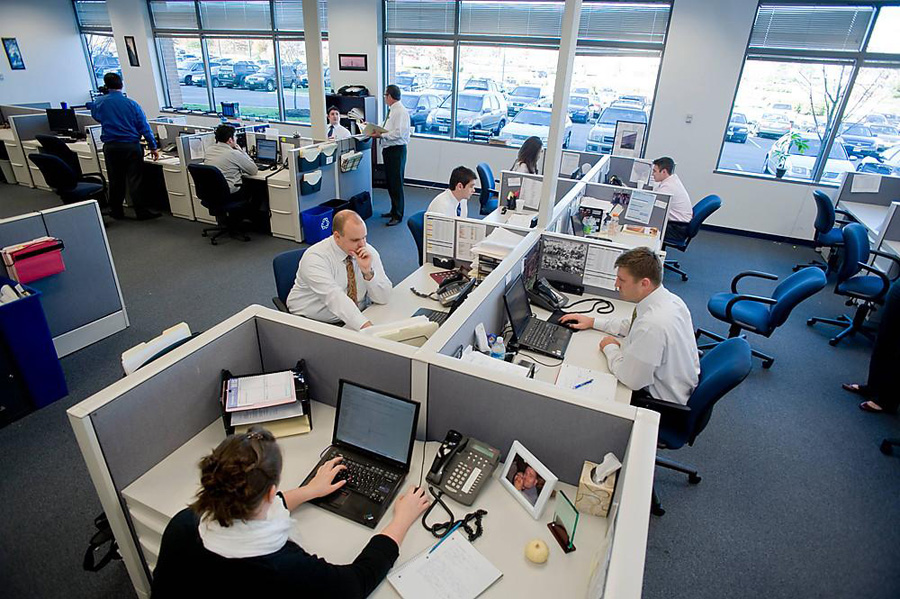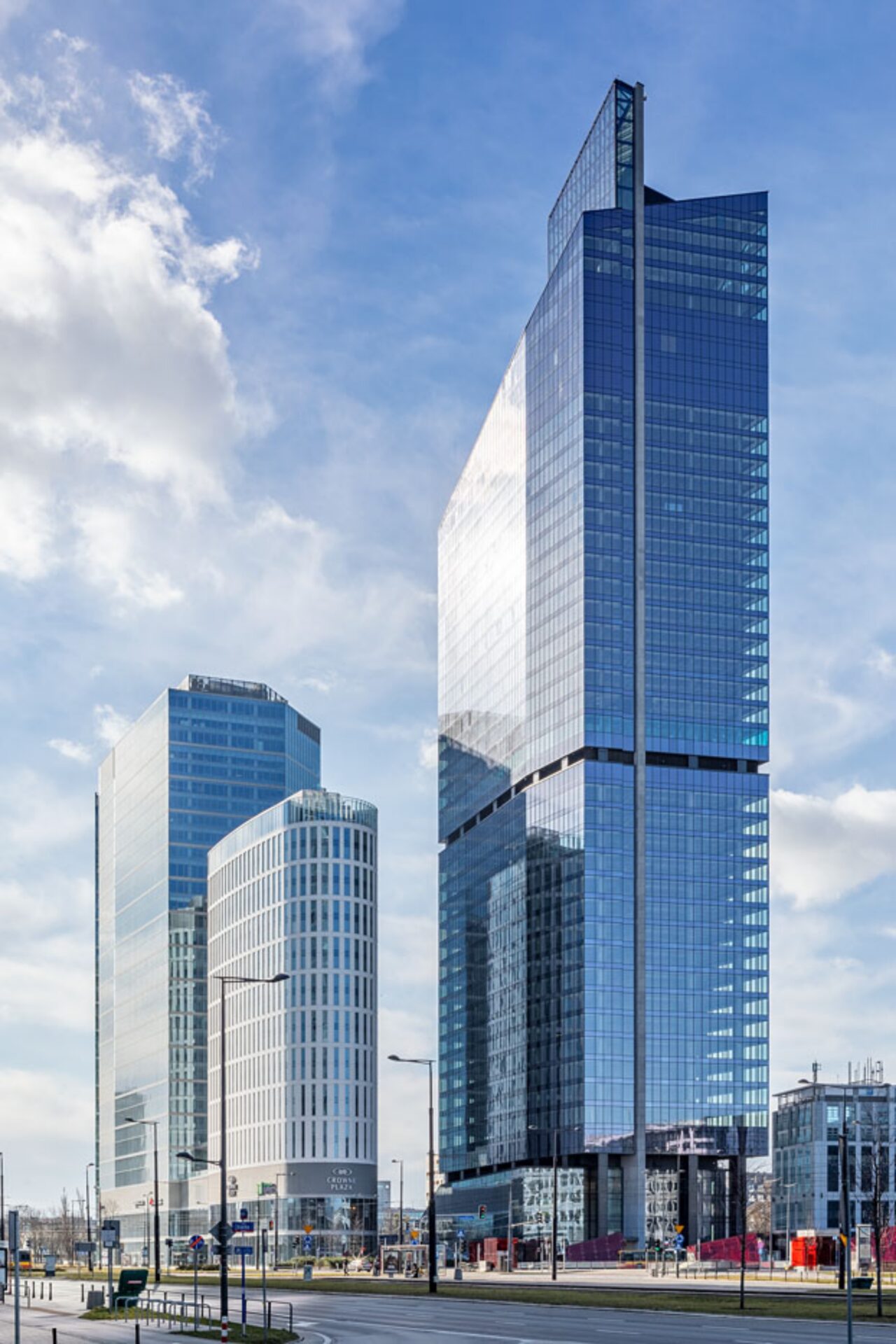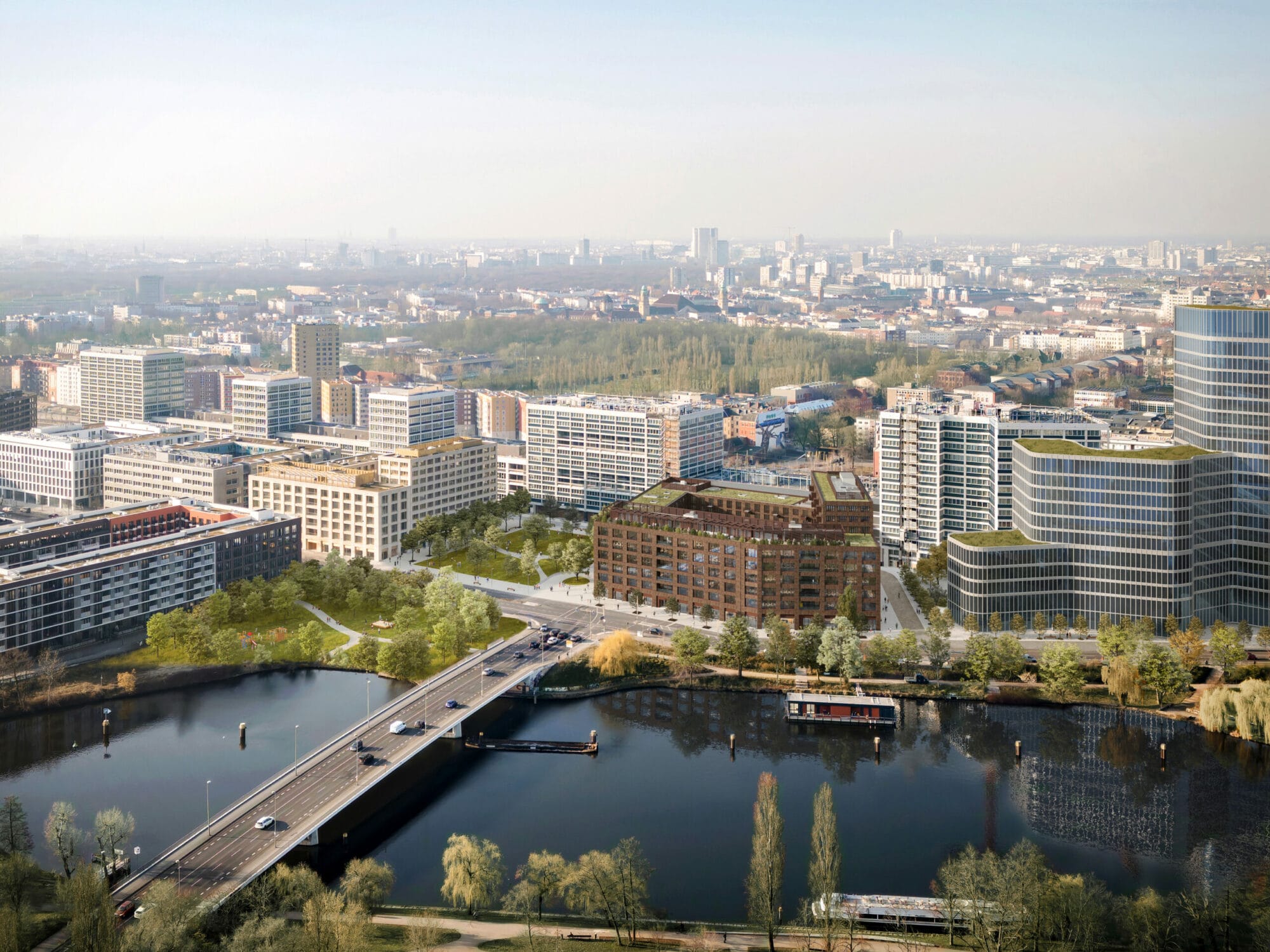CBRE produced a study focusing on constructing green buildings, which confirmed employer interest in the quality of the working environment. The company has noticed increased demand for so-called green office buildings on the local market that have gained BREEAM or LEED environmental certification. These buildings must meet a number of criteria, not only in terms of energy and resources but also in the quality of the locations where they are constructed, property management and materials and indoor environmental quality, including levels of quality and waste management.
More and more businesses and companies are realizing the influence and impact of workplace satisfaction on the health and productivity of their employees. Labour costs make up about 90 percent of total operating costs for non-manufacturing companies. A satisfied employee is the basic building block of a successful business, and anything that enhances productivity also directly affects the profit of the entire company. One such aspect is the work environment, where employees perceive not only the aesthetic aspects of offices, but also the fact how they feel and what impact this space has on their health.
Are green offices really healthy, and what impact does this higher standard have on our health?
Michaela Nedorostová, Sustainability Consultant, Asset Services – Office, Industrial & Residential at CBRE, said: “Green buildings are a prerequisite for all of us to feel better in them. Yet, in many certified buildings, mostly in western countries like the UK and the Netherlands, we are beginning to see a concept that includes a so-called “wellness trend” as an integral part of any modern work environment. More than 70 percent of “real estate decision makers” perceived their wellness programme as an integral part of the corporate culture when responding to the CBRE European Occupier Survey. More than 80 percent of employees consider issues related to health in the work environment as one of the most pressing topics of the past decade.”
Every healthy office, regardless of whether it is new construction or renovated buildings should meet several aspects:
-
Air quality is a key factor. According to a study by the World Green Building Council, air quality raises workforce productivity by almost 10 percent. Temperature fluctuations could have a negative impact, which is why it is necessary to ensure a certain standard normalized temperature and thermal comfort.
-
The lighting environment also impacts the health of workers, as sufficient daylight in the offices prolongs sleep by about 46 minutes, increasing the general quality of life.
-
Well-designed acoustics increase work efficiency by 52 percent.
-
Emphasis is also placed on the ergonomics of the workspace, where up to a quarter of the total number of sick days is caused by the diseases of the musculoskeletal system, which occur because of the poor ergonomics of the workplace in 20 percent of cases.
-
Effective green buildings primarily focus on the concept of the active working environment, since 80 percent of all innovative ideas are created on the basis of mutual communication and employee conversations.
-
It is also necessary to ensure user comfort from the health point of view by using healthy, safe and ideally, natural materials.
-
Employee satisfaction is also supported by the availability of good offices and the facilities of the given site, which provide the necessary comfort.
-
Not only the office space itself is included in the concept of a health office, but the common areas of the building, its surroundings and integration into city are also included.
Green building certification was obtained by Liko-S, for example, that won the CBRE Meeting Room of the Year competition last year, organized by CBRE.
Daniel Štys, Head of Operation Department – Associate Director at CBRE, added: “The offices of the Liko-S company are still unique in terms of the comprehensiveness of their approach and consistency of its implementation.”
This example demonstrates that not only houses can be built organically, with minimal energy consumption. First rate buildings have appeared locally, but unfortunately, their technical solutions are virtually unknown among the general public. The Danube House in Karlín serves as an example, Prague, constructed in 2003, where the Vltava River is used for cooling and ventilation is largely replaced by a flow of air in the glass atrium. Individual examples of sustainable architecture can be increasingly found in the city, leading us to believe that offices located in the city centre will become much greener in the future.







